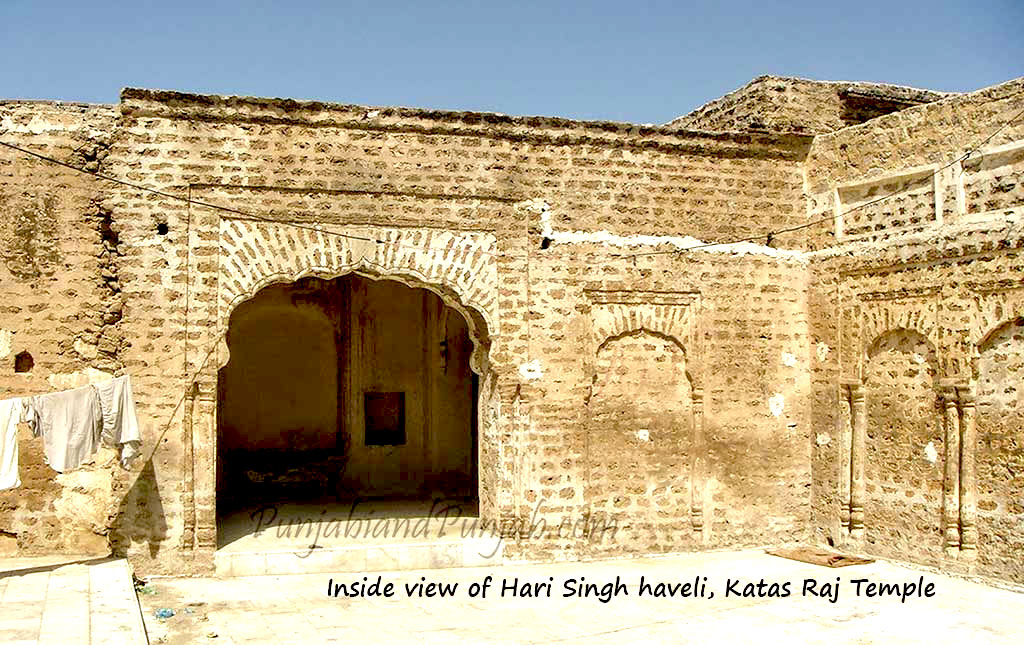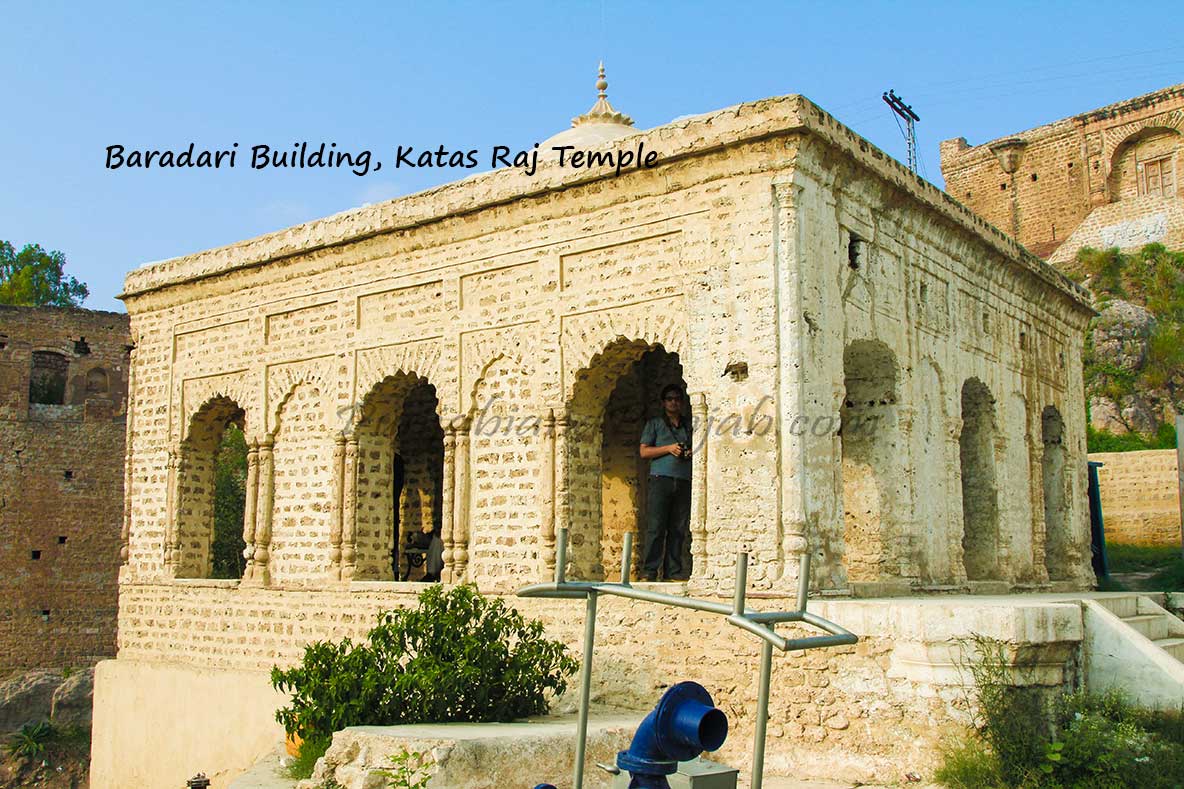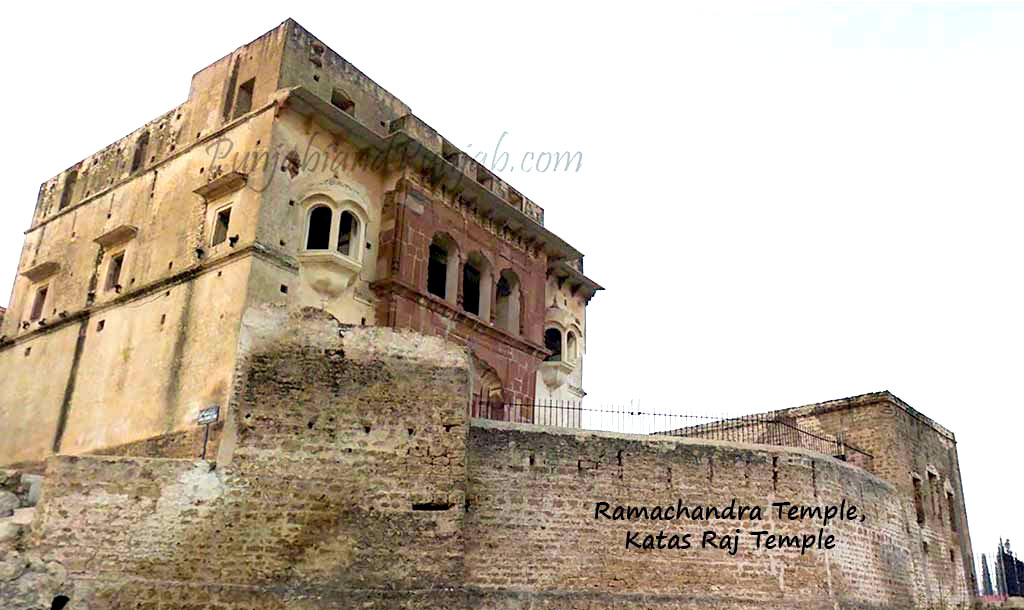- Published by
- Haroirum Afridi
- August 15, 2020
The complex is located in the Potohar Plateau region of Pakistan's Punjab province. The temples are located near the town of Choa Saidanshah, and are near the M2 Motorway (near Kallar Kahar). The complex is attributed to the eras of the Hindu Shahis (kings) dating from about 615-950 CE and are dedicated to Lord Shiva. As such they constitute one of the most important Hindu pilgrimage sites in Pakistan and are still in use to this day by members of the Hindu community. The temples are considered to be the second most sacred site in the historic Punjab region, after the temple at Jwalamukhi in modern Himachal Pradesh. Prior to its Hindu roots the site held a Buddhist stupa said to have towered 61 m (200 ft) in height with ten streams around it as described by Alexander Cunningham, the first Director General of the Archaeological Survey of India, in 1872-73 CE.
The Katas Raj temple complex is traditionally believed to date back to the Mahabharata era. Many legends are associated with the temples. The five Pandava brothers, mentioned in the Mahabharata, are said to have stayed here for a large part of their exile. The complex is traditionally believed to be the site where the Pandava brothers were challenged by the Yaksha before being able to drink from the pond. Four of the brothers failed and were rendered lifeless by the Yaksha. The fifth brother, Yudhishthira, engaged the Yaksha in a riddle contest and defeated him with his wisdom, there by bringing his brothers back to life. Some legends also state that the very first Shiva Ling (Shiv-Ling) was in Katas.
The Katas site houses the Satgraha, a group of seven ancient temples, remains of a Buddhist stupa, five other medieval temples, havelis scattered around a pond considered holy by Hindus. The seven temples were built in an architectural style similar to Kashmiri temples, Ramachandra Temple, Hanuman Temple, Shiva Temple, Hari Singh Nalwa Fort and Haveli. The name of the temple complex is believed to derive from the Sanskrit word kataksha, meaning "tearful eyes." The pond was originally referred to as Viskund, or "poison spring", but was later referred to as Amarkund, Chamaskund, and finally Katakshkund, meaning "Spring of tearful eyes." The pond in the center of temples is considered holy among Hindus because they believe it is filled by the tears of Shiva and taking bath in this pond provides forgiveness to sins.


















